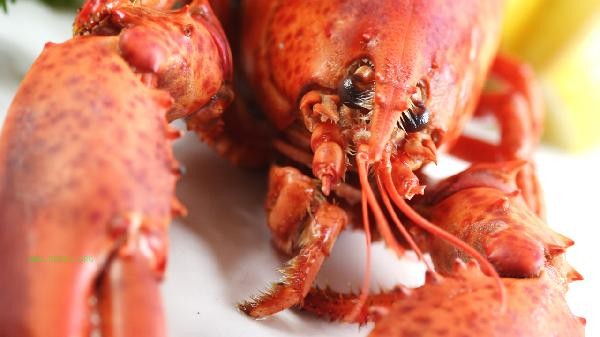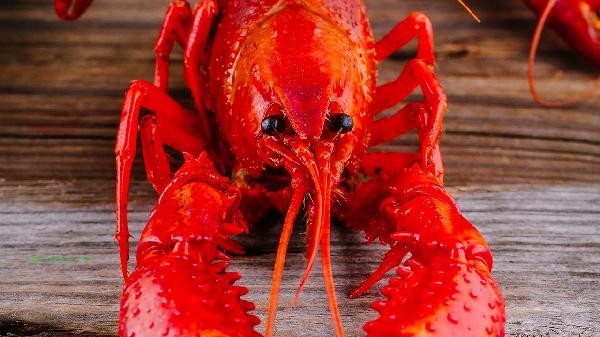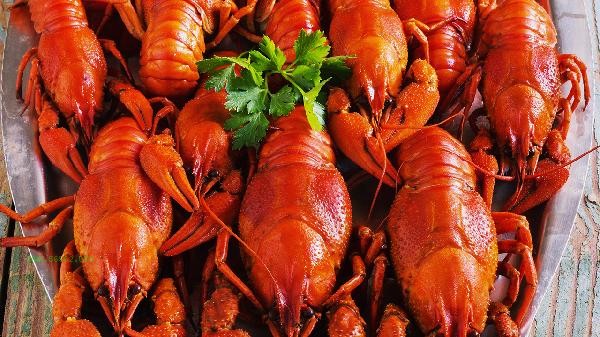It is recommended to eat less lobster tail as much as possible, mainly due to the risk of heavy metal accumulation, high cholesterol content, high probability of allergies, hidden dangers in cooking methods, and taboos for special populations.

1. Risk of Heavy Metal Enrichment
Lobsters, as benthic organisms, are prone to accumulating heavy metals such as lead and cadmium in their tails. Long term overconsumption may affect the nervous system and kidney function. The pollution risk of wild crayfish caught in deep-sea fishing is higher than that of farmed species, and the tail muscles are more prone to residual harmful substances due to slow metabolism.
2. High cholesterol content
Lobster tail contains about 90 milligrams of cholesterol per 100 grams, which is close to one-third of the recommended daily intake. For individuals with high blood lipids, frequent consumption may increase the burden of lipid metabolism and increase the risk of arteriosclerosis. Compared to shrimp meat, the tail has more obvious fat deposition due to less exercise.
Thirdly, there is a high probability of allergies.
Crustacean aquatic products are common allergens, and the tropomyosin in the tail of lobsters has strong allergenicity. People with allergic constitution are prone to urticaria or respiratory edema after consumption, and children should observe their reactions carefully when consuming for the first time.

4. Hidden dangers of cooking methods
Common heavy flavors such as oil stew and spicy cooking can mask the freshness of ingredients, and stale lobster tails may produce histamine, leading to poisoning. High temperature frying can also produce carcinogens such as acrylamide, which can damage the original high-quality protein structure.
V. Taboos for Special Population
Gout patients should strictly control their intake. Lobster tail purine content can reach 150 milligrams/100 grams, which may induce joint pain. Pregnant women and children need to pay more attention to controlling their consumption and frequency due to their weaker detoxification function.

It is advisable for healthy individuals to consume no more than 2 times a month, and priority should be given to low-temperature cooking methods such as steaming. Combining vegetables and fruits rich in vitamin C can help eliminate heavy metals. If you experience skin itching or gastrointestinal discomfort after consumption, seek medical attention immediately. When purchasing, pay attention to choosing fresh products with bright shells and fresh odors, and avoid consuming heavy metal rich parts such as the head and internal organs. Special populations are advised to develop personalized dietary plans under the guidance of nutritionists.








Comments (0)
Leave a Comment
No comments yet
Be the first to share your thoughts!